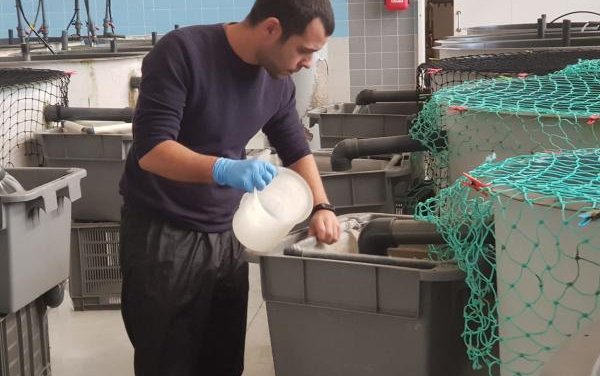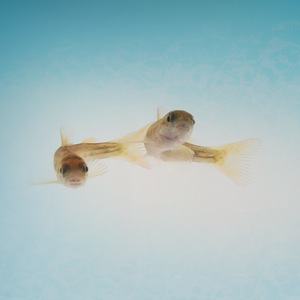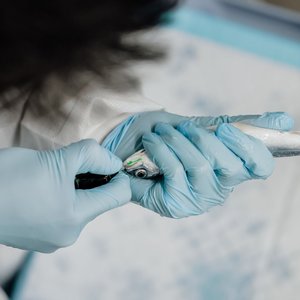One of the main problems in gilthead seabream (Sparus aurata) aquaculture is body deformities. A team of Spanish researchers reported, for the first time, the effect of the genetic background of breeders for the presence or absence of deformities on their spawning quality and the importance of considering this when creating a broodstock.
The spawning quality of crosses of breeders with and without a genetic background for deformities was evaluated during an entire spawning season, through the study of the following traits: oocyte yield, fertilization rate, viability rate, hatching rate, larval survival rate, fertilized eggs, viable eggs, hatched eggs, and the number of alive larvae.
Breeders with a genetic background for deformities and a normal phenotype had shorter spawning periods, lower oocyte yield and, consequently, produced a lower number of alive larvae. In these two traits, the genetic background of breeders was of greater importance during intermediate spawning periods, when spawning is generally considered optimal for the industry, while environmental factors were more important at the beginning and end of the spawning season.
“For the first time in the production of gilthead seabream in captivity, it is shown that broodstock genetics are more decisive than non-genetic factors,” said Álvaro Lorenzo Felipe, researcher at GIA-ECOAQUA. The genotypes of the breeders are more relevant when it comes to explaining two aspects closely related to reproductive quality, the production of eggs and the number of live larvae, researchers concluded.
Check out the study here.












